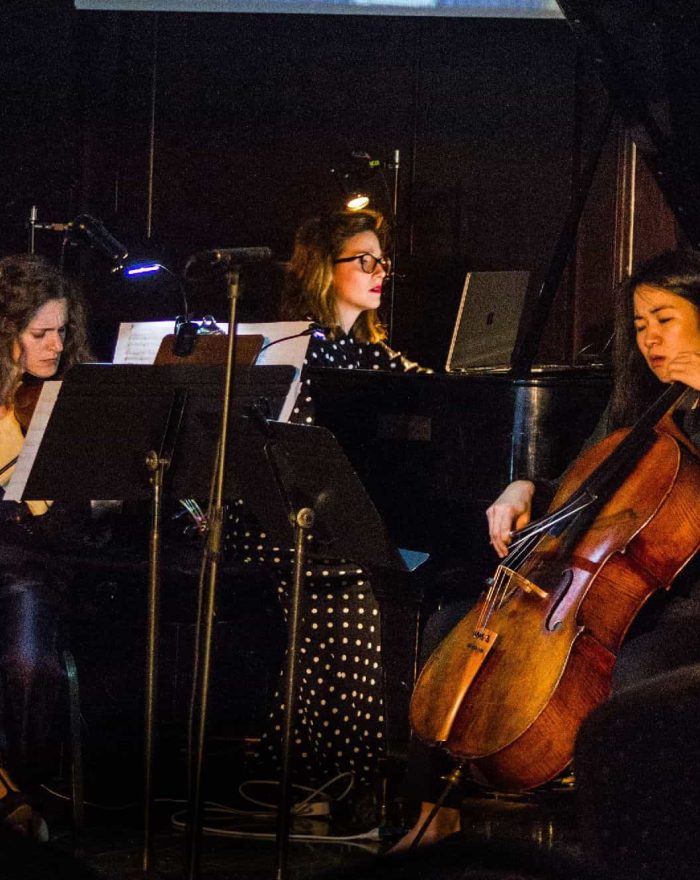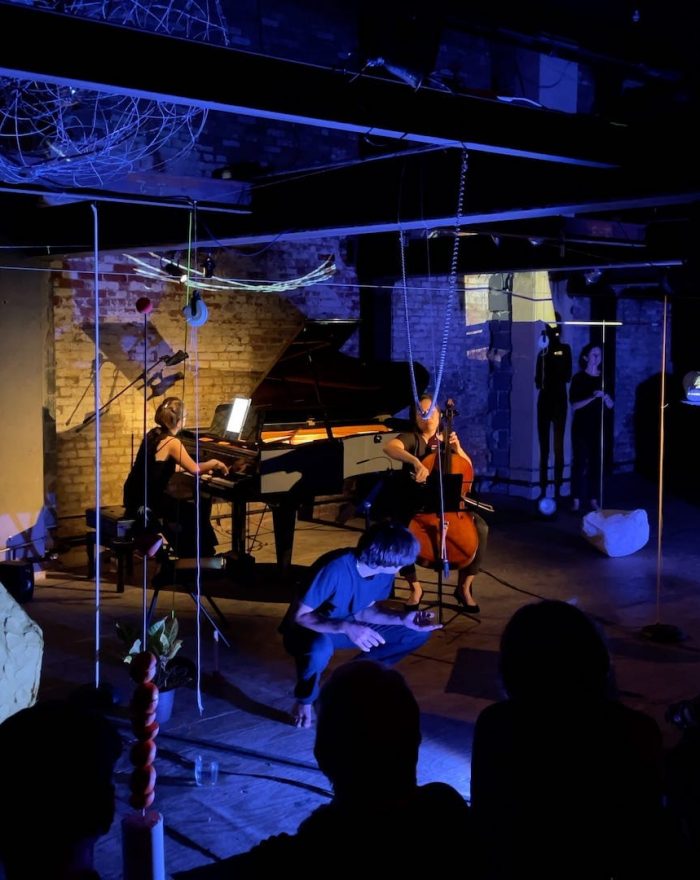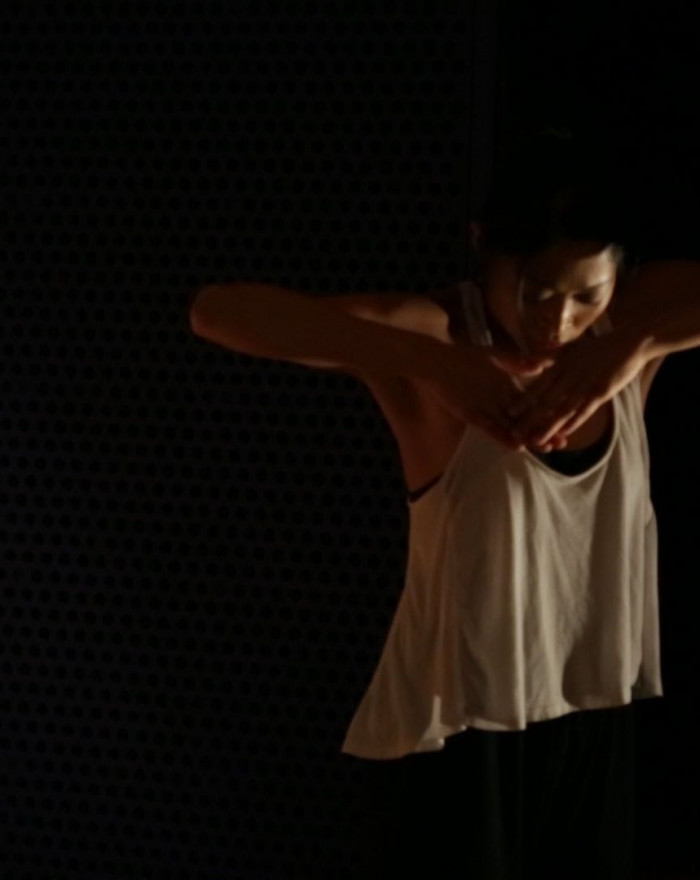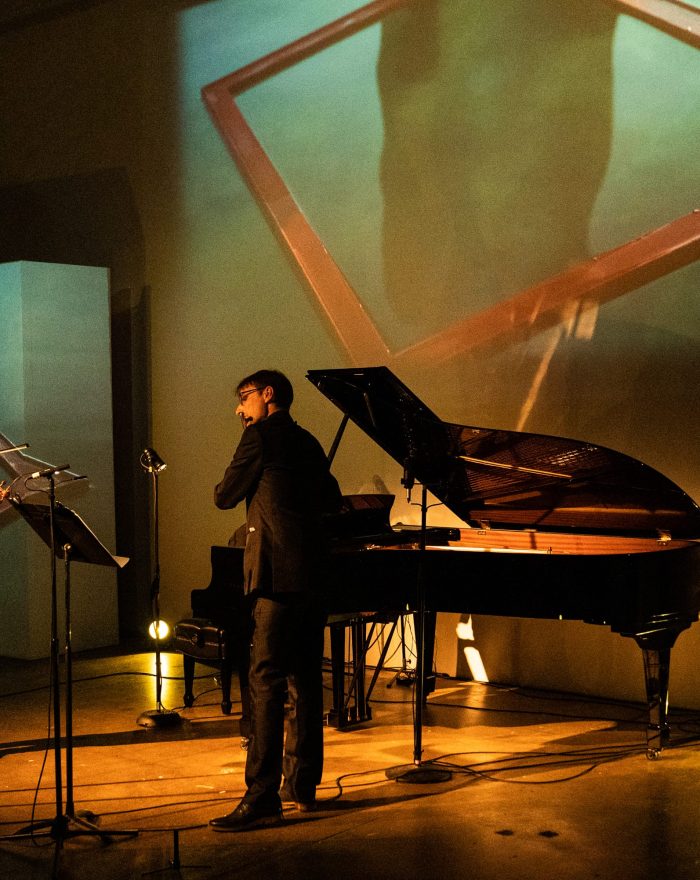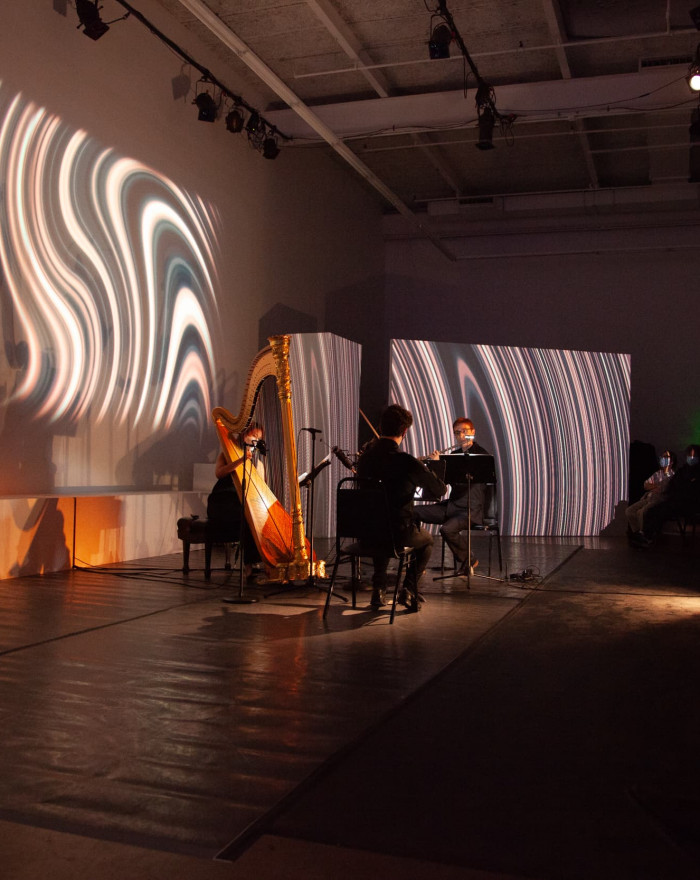Sonata in B minor
The Violin Sonata in B minor, P 110, is a sonata for violin and piano by Italian composer Ottorino Respighi, completed in 1917. It is one of Respighi’s major large-scale chamber works.
Respighi’s Violin Sonata was composed in 1917 and is contemporary with one of his major works, Fontane di Roma. It was premiered in Naples on January 20th, 1918 by the violinist Arrigo Serato and the pianist Alessandro Longo. In the same year on the 3rd of March, the piece was performed again with Respighi’s old teacher Federico Sarti with the violin and Respighi himself at the piano. The sonata was dedicated to Ernesto Consolo and Arrigo Serato and was published by Casa Ricordi in Milan in 1919 and again in 1947, though not without difficulty, as publishers doubted the “performability” of the piece. After its initial publication, the sonata gained international notoriety.
The sonata is divided into three movements and has a duration of around 25 minutes. The movements are untitled, except for the third movement, which is a set of 20 variations on an ostinato-like accompaniment.
The sonata is known for its demanding violin and piano parts and its complex tonal system. Rhythm patterns are also very complex, as time signatures do not always match. For example, the melody in the second movement is first played by the piano in 44, whereas the accompaniment has a time signature of 108.

